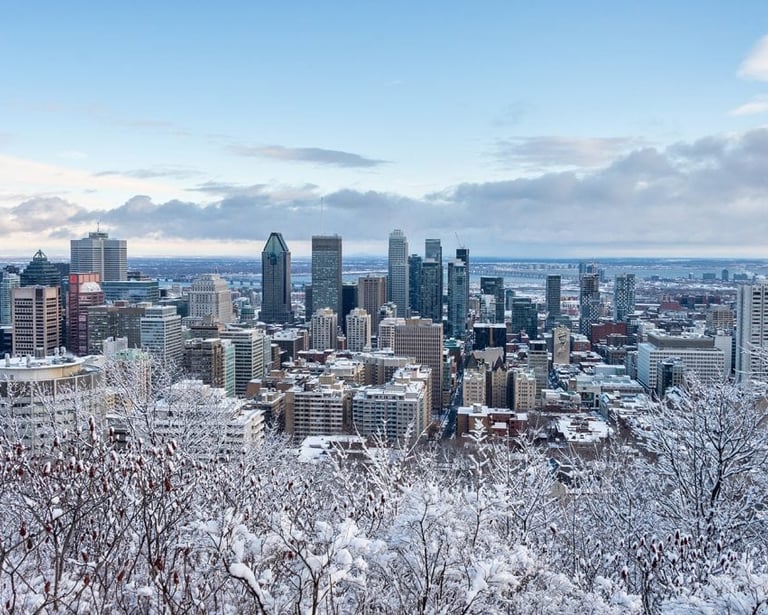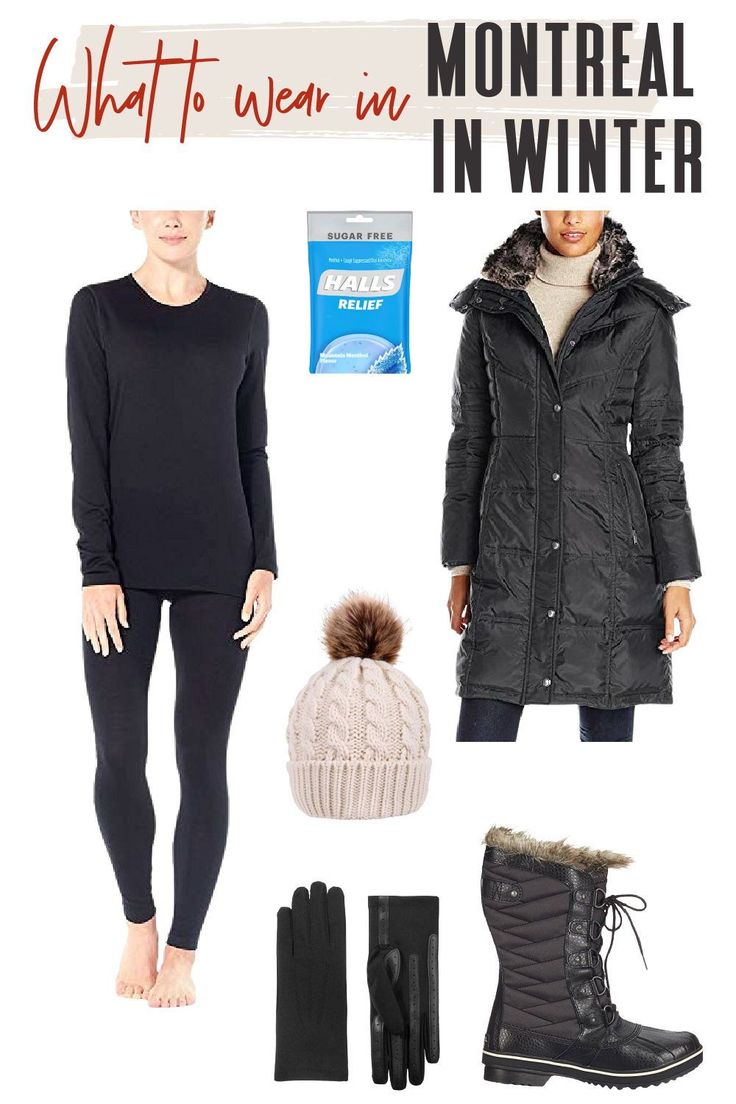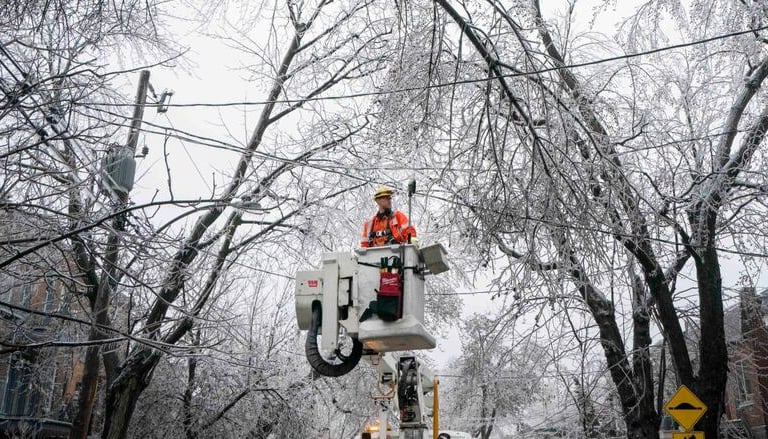❄️ Winter Survival Guide for Newcomers in Québec
Whether you’re arriving from a tropical country or a European climate, winter in Québec is in a league of its own. With snowbanks taller than you, minus‑30 wind chills, and sidewalks that become skating rinks, your first real Canadian winter can feel like a test. But with the right mindset and preparation, it can also become your favorite season.
This guide is here to help you survive (and maybe even love) winter in Québec.
1. Understanding Winter in Québec
How long does winter last in Québec?
Technically, the season stretches from late November to early April, but real winter usually begins in mid‑Decemberand can drag on into mid‑March.
How cold does it get?
In Montréal, average winter temps range between -5°C and -15°C, but wind chills can drop it below -30°C.
In Québec City, expect colder and snowier conditions—often more extreme than in Montréal.
Cities like Sherbrooke or Saguenay may experience even harsher weather.
What is wind chill?
It’s what makes you feel like your bones are freezing. For example, if it’s -20°C but windy, the wind chill could make it feel like -30°C or worse.
How much snow are we talking about?
Montréal averages over 200 cm of snow each year.
Snow starts lightly in November, ramps up in January, and often hits its peak in mid-February.
Where to track conditions:
Bookmark:
Environment Canada’s alerts: https://weather.gc.ca/warnings/index_e.html
Montréal’s snow-removal map: https://montreal.ca/en/topics/snow-removal
2. Dressing for Winter Like a Local
Let’s get this out of the way: your European coat is not enough. What works in Paris or London won’t cut it in Montréal once the snow piles up and temperatures nosedive.
The 3-Layer Rule:
Base layer (close to the skin):
Thermal underwear, synthetic long johns or merino wool. Avoid cotton.Mid layer (insulating):
Wool sweaters, fleece, or down pullovers.Outer layer (weatherproof):
A windproof, waterproof parka with a hood. Bonus points if it’s rated for –30°C.
Must-Haves:
Winter boots: Waterproof, insulated, with good grip. Sorel and Baffin are local favorites.
Wool socks: Buy at least 3–5 pairs.
Gloves or mittens: Mittens are warmer; use glove liners underneath.
Scarf or neck warmer: To seal the gap between your coat and neck.
Toque (knitted hat): 40% of body heat escapes from your head.
Snow pants: Optional but very useful for longer commutes or time outdoors.
Where to Shop Without Breaking the Bank:
Decathlon Canada: https://www.decathlon.ca
Sports Experts: For technical gear, occasionally has sales.
Simons: For fashionable, warm options.
Secondhand: Renaissance, Village des Valeurs, and marketplace groups on Facebook.
Pro Tip: Many immigrants make the mistake of underdressing at first. Better to be too warm than too cold.
3. Heating Your Home in Winter
Most homes in Québec are heated using electric baseboards, controlled room by room using wall thermostats. Here’s how to stay warm and avoid scary bills.
Understanding Your Electric Bill:
Heating accounts for up to 60–70% of your winter Hydro‑Québec bill.
To estimate winter costs, use their simulator: https://www.hydroquebec.com/residential/energywise/
Energy-Saving Tips:
Keep thermostats at 20–21°C when home, and reduce to 17–18°C at night or when away.
Block drafts with door snakes or window film kits (available at Canadian Tire).
Open curtains during sunny days to bring in heat, then close them at night to keep warmth in.
Avoid electric space heaters unless absolutely necessary—they're costly and inefficient.
Note: Some older apartments lack proper insulation. If yours is freezing despite paying big bills, speak to your landlord about weatherproofing.
4. Staying Healthy in Cold Weather
It’s not just about warmth. Cold weather, dry air, and lack of sunlight can seriously impact your physical and mental health.
Preventing Frostbite & Hypothermia
Frostbite starts in fingers, toes, and ears. If your skin goes numb or pale, head inside immediately.
Hypothermia can begin even above –5°C with wind. Symptoms: shivering, fatigue, confusion.
Don’t risk it: Use hand warmers and dress in layers that trap body heat.
Moisture & Skincare
Use thick moisturizers (e.g., Cetaphil, CeraVe) every morning and night.
Invest in a humidifier—indoor air gets very dry from heaters.
Use lip balm, ideally with SPF.
Stay Active (Even Indoors)
Go for walks at lunch—sunlight helps fight seasonal affective disorder (SAD).
Try winter sports: ice skating, sledding, snowshoeing—they’re fun, low-cost, and very “Québécois.”
Consider joining a gym, YMCA, or indoor pool if the outdoors aren’t your thing.
5. The Cultural Mindset: Embracing Winter
In Québec, winter isn’t just a season—it’s a way of life.
“Il n’y a pas de mauvaise température, juste de mauvais vêtements.”
“There’s no bad weather, only bad clothing.” You’ll hear this phrase from locals, and it’s a mantra for survival.
Outdoor Culture
Families go sledding (tobogganing) in Parc La Fontaine, Mont Royal, or Maisonneuve.
Couples skate on Beaver Lake or at the Old Port skating rink.
Snowshoeing trails crisscross parks and forests—even in urban areas.
Winter Festivals
Montréal en Lumière: Celebrates light during the darkest months.
Igloofest: An outdoor electronic music festival (yes, in January).
Carnaval de Québec: One of the world’s largest winter festivals, held in Québec City.
Pro Tip: Embrace it early. Buy good boots, plan snow activities, and learn to laugh when your eyelashes freeze.
Sure thing! Here's Part 2 of your Winter Survival Guide for Newcomers in Québec, covering transportation, snow management, emergencies, social life, and winter vocabulary. Enjoy!
6. Transport Tips for Icy Months
Public Transit in Winter
STM (Société de transport de Montréal) runs most of the city's buses and métro.
Download the STM app for real-time bus tracking—bus stops can become icy slides!
Metro is often the best option in heavy snow, but trains sometimes close due to cold, so check alerts.
REM (Réseau express métropolitain): the new light rail—a reliable winter option if it’s available on your route.
Cycling & Winter Biking
Winter cycling is feasible but requires studded tires, warm clothes, and confidence in icy conditions.
Many bike shops offer a bike-in-the-winter program with gear recommendations and workshops.
Even obscure routes like Piste du canal de Lachine are serviced regularly, but go easy and wear reflective gear.
Driving in Snow
Winter tires are mandatory from December 1 to March 15. All four, not just the front. Tickets and fines come fast!
Keep an emergency kit in your trunk: blanket, flashlight, water, snacks, scraper/brush, small shovel.
Be aware of snow removal parking rules. STM enforces bans on major streets—check holiday schedules.
Taxis & Ride-share
Uber/Lyft are handy, but wait times are longer in storms.
Taxis equipped with winter tires must follow roads—but expect delays during rush or storms.
7. Dealing with Snow & Ice
Shoveling & Clearing Sidewalks
It’s your responsibility to clear your walk within 24 hours of snowfall.
Use an ergonomic shovel and shovel early, before it gets compacted or turns to ice.
Ice Melt: What Works & What to Avoid
Sand or grit provides traction—but avoid deicing salts near wood decks or vegetation.
If you do use ice melt, buy in small bags—don't over-apply.
Calcium magnesium acetate (CMA) is eco-friendly (though pricier).
Watching for Icy Sidewalks
Be cautious at bus stops and metro exits—they aren't always cleared quickly.
Use ice cleats on your shoes the first few months until you're acclimated.
8. Surviving Snowstorms & Power Outages
Preparing Before a Storm
Check snowstorm alerts via Environment Canada and your city’s alert systems.
Stock essentials:
Non-perishable food and bottled water for at least 72 hours
Extra warm clothes and blankets
Battery-powered or hand-crank radio
Flashlight with spare batteries
Chargers or backup battery packs
During the Storm
Stay indoors unless you must travel.
Unplug electronics—power surges are common.
Turn your electric baseboard heat up slightly before the storm’s peak for comfort and reduced freeze risk for pipes.
If Power Goes Out
Use wood-burning fireplace/neighbours’ pool heaters for warmth (not gas BBQs or ovens).
Call Hydro‑Québec’s 811 hotline to report outages.
Keep a radio tuned to CBC or Radio-Canada for updates.
9. Staying Social & Beating Cabin Fever
Cozy Meetups
Visit cafés with fireplaces or heated patios—they’re winter refuges.
Bring friends or family to cozy spaces like Bistro À Paris or Camellia Sinensis for tea + warmth.
Winter Gathering Spots
Warm rooms in community centers offer free board games, art classes, and language meetups.
Musée des beaux-arts de Montréal is a great indoor option—and sometimes free or discounted.
Mental Health & SAD Prevention
Get daily daylight exposures—even cloudy winter light helps.
Take vitamin D supplements (1,000–2,000 IU daily) during winter after consulting your healthcare provider.
Light therapy lamps can help—available at most pharmacies.
10. Québec Winter Words & Expressions
Frette – “cold as ice” (e.g., “Il fait frette!”)
Déneigement – snow-removal
Verglas – thin ice on roads
Tuque (also toque) – knitted winter hat
Bottes d’hiver – snow boots
Cheval de neige – snowblower
Final Thoughts 🌨️
Winter in Québec is intense—but it’s also magical. With snow-filled dresses on trees, crisp air, and festive evenings, your first winter can become a cherished memory instead of a trial.
Keep these essentials in mind:
Layer smart.
Prep your home and commute.
Bundle up with local gear.
Embrace snow sports and cultural events.
Armed with the right info and attitude, winter in Québec becomes less of a hurdle and more of a season to live fully, with hot chocolate in one hand and fresh air in the other. You've got this!






